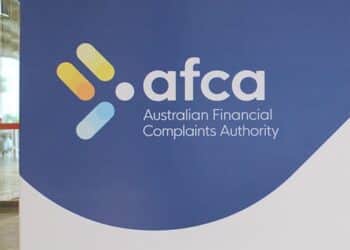Gen Z and Australians under 45, in general, are among the hardest-to-reach markets for advisers. Negative perceptions of retirement needs, an increasingly unpredictable job market, low financial literacy and the squeeze of growing cost-of-living pressures means Gen Z are a demographic that would benefit most from advice.
But as it stands, very few are seeking it. Though as a group, a large proportion want financial planning assistance; the cost of advice means many choose to forego the professional route, opting instead for cheaper options, such as advice from free to use AI programs like ChatGPT.
An issue too is the type of client many advisers wish to attract and the subsequent fee models they employ as a result.
“Young people are feeling locked out of the market because the industry to this day focuses on supporting older, wealthier Australians,” Glen Hare, co-founder and adviser at Fox & Hare Financial Advice, told ifa.
“The average age of an advised client is 58 and most firms still have pictures of golden oldies on yachts sailing off into the sunset.”
One result of this is that advice programs with ongoing fees, a model that older, wealthier clients are able to afford, can prove to be a financial burden to younger potential clients.
For Mazi Wealth financial adviser Deline Jacovides, using an ad hoc, once-off advice model is one solution to attract younger clients.
“I don’t have a compulsory ongoing advice program, it is seen as a bit more accessible for accumulator clients,” she told The ifa Show podcast.
This kind of advice places the initiative of seeking advice with younger clients when they feel it is needed, not requiring them to be locked into potentially unaffordable ongoing advice programs.
Jacovides also highlighted that this model does not cheapen the advice on offer: “I don’t classify myself as low cost [because I don’t charge ongoing fees].”
Conversely, Hare, whose practice applies an ongoing advice fee model that clients can opt out of at any time, believes communicating the value of advice to younger people is just as important as accessible pricing.
“The biggest asset younger Australians have on their side is time. The smarter the financial decisions they make when younger, the far better off they’ll be in the long run. Compounding in its simplest form,” he told ifa.
“Our industry needs to do a better job of articulating the true value of advice and the compounding [impact] it can have on someone’s life early on.”
For Hare this means, like any client, advisers need to meet younger people “where they are at”.
“We, as advisers, understand the importance of super and insurance, which needs to be addressed,” he said.
“Unless you are working with your client to help determine whether to buy their first home or an investment property, invest in shares or property, create a clear cash flow strategy enabling the client to enjoy life now but also drive towards financial freedom.”



